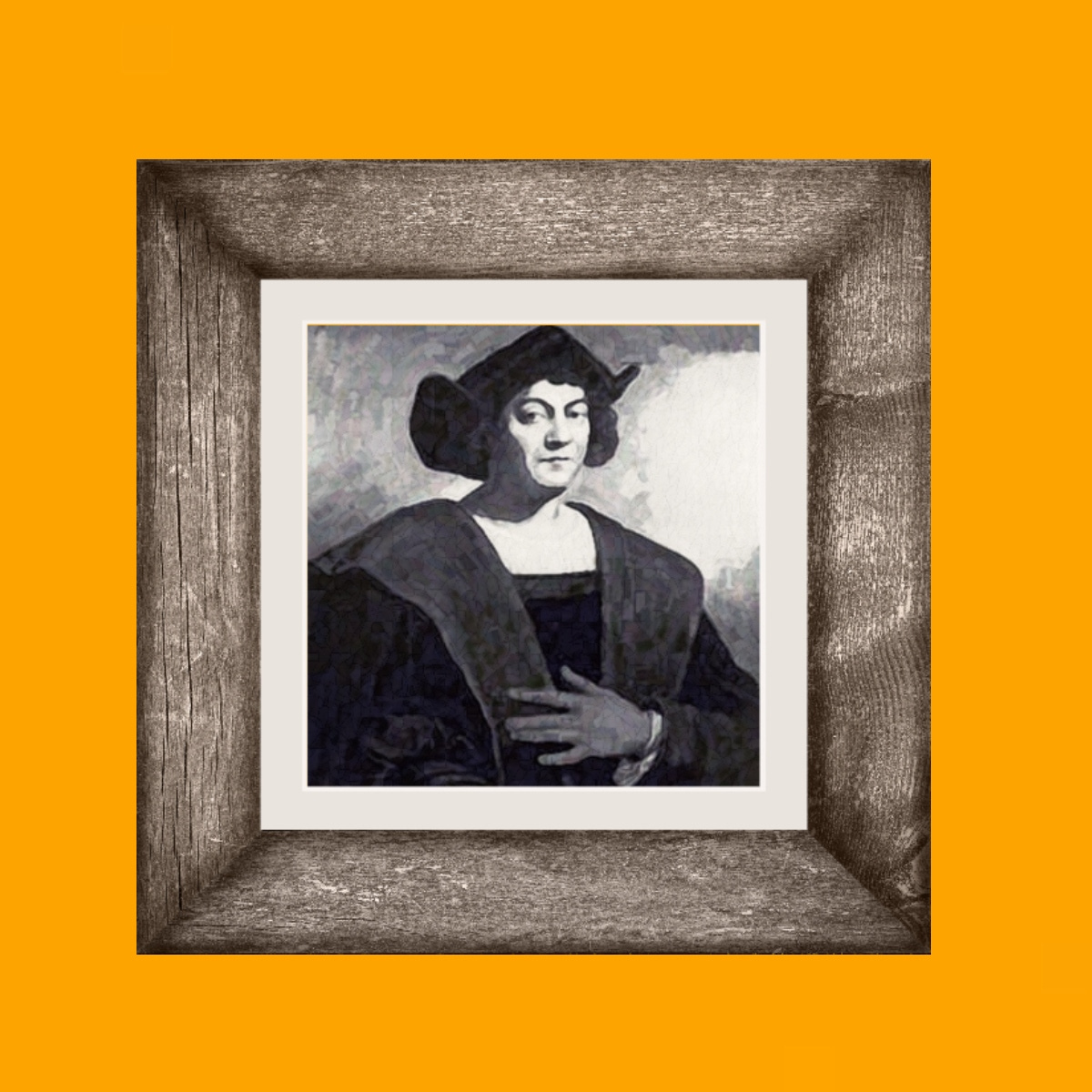Chapter 13, Part 4: Columbus & Picasso
Famous men were usually jerks, but did they have to be? That was a complicated conversation to have with Martin Shkreli.
A complicating factor when it comes to understanding “problematic” men is the realization that just about all famous men throughout history were in one way or another “problematic.” I’m not talking necessarily about sexual harassment here but more broadly about characteristics associated with “toxic males,” the likes of which regularly provoke bouts of feminist outrage on Twitter.
Cozy in my bed one evening, while reading a description of Christopher Columbus in a nonfiction book by author Patrick Wyman, I burst out laughing. I couldn’t help myself. It just landed far too close to the modern “toxic man” and specifically the business villain whose intersection with my life gave rise to this memoir. Columbus and Martin Shkreli were apparently both scrappy hustlers with giant chips on their shoulders, deep insecurity complexes, and blind spots for their own mistakes and shortcomings.
“Columbus was defined by a sense of burning ambition at every stage of his life,” Wyman wrote in “The Verge,” a bestselling examination of the beginnings of the Age of Exploration in Western Europe. The seafarer was “deeply ashamed of his humble background and actively obscured it whenever possible” and he was “determined to leave his origins far behind.” (That ticked a box for Martin.)
The explorer’s “overwhelming drive for success often bled into self-aggrandizement. He could be insufferable, boastful, and boorish, with precious little awareness of his many faults and weaknesses…At the same time, however, Columbus was a highly skilled sailor and possessed at least some measure of real charisma. He had raw mental gifts and was described by a friend as having “great intellect but little education.” (Those traits ticked boxes, too, minus the sailing.)
Columbus’s “ambition could express itself in arrogant and ill-planned sililoquies about his greatness,” Wyman continued, adding that the king of Portugal got an earful when Columbus returned successfully (sort of) from the voyage said king declined to support. Anyone who has watched Martin Shkreli’s live streams or witnessed him giving a press conference would have been treated to remarkably similar-sounding monologues.

One could argue that Martin’s biggest “accomplishments” — namely jacking up drug prices, getting convicted of securities fraud, making himself a household, if vastly despised, name, and dating a journalist who broke the story of his arrest (me) — are really just all supernova-like disasters. Meanwhile, Columbus actually did something brave, important, and good by sailing across the Atlantic, right? Or did he?


